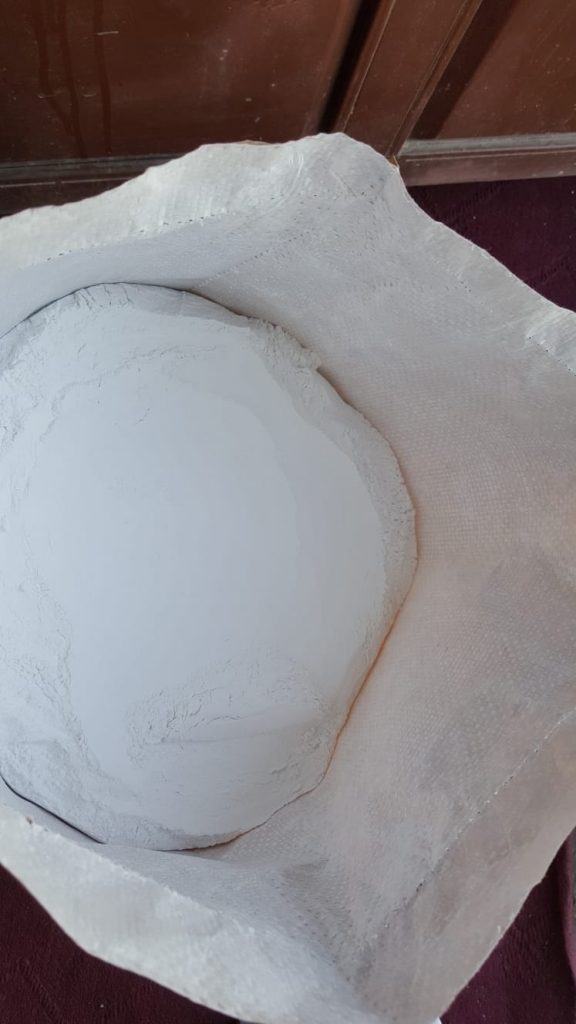Plaster of Paris
What is Plaster of Paris? Plaster of Paris (POP) is a quick-setting form of gypsum. When gypsum is heated to about 150°C, it loses water and turns into a fine white powder, which is Plaster of Paris. It can be mixed with water to form a smooth paste that can be molded into any shape. Once it hardens, it forms a solid, durable material.
Properties of Plaster of Paris:
- Fast-setting: POP sets quickly, typically within 10-15 minutes, making it ideal for mold-making and decorative work.
- Smooth finish: When mixed and applied correctly, POP provides a smooth, fine finish, making it perfect for detailed work.
- Brittle nature: After setting, POP is hard but may be brittle, so care should be taken to prevent cracking or chipping.
- Heat-resistant: POP can withstand moderate heat, making it a good choice for applications in mold-making and sculptures.
Uses of Plaster of Paris:m
- Decorative Applications: It is commonly used for creating ornate ceiling designs, wall moldings, and other decorative elements.
- Molding and Casting: POP is widely used in the creation of molds and castings for sculptures, architectural elements, and industrial components.
- Orthopedic Uses: In medical applications, POP is used to create casts for broken bones.
- Fireproofing: Due to its fire-resistant properties, POP is used to coat electrical cables and pipes.
- Crafts and Artworks: POP is a popular material in the arts for creating sculptures, statues, and other artistic creations.
Benefits of Plaster of Paris:
- Versatility: POP can be molded into various shapes and sizes, making it ideal for a wide range of applications, from architecture to art.
- Quick-setting: Its rapid setting time makes it perfect for projects that require fast turnarounds.
- Durability: Once set, it becomes a strong, solid material ideal for long-lasting products.
- Cost-effective: Plaster of Paris is inexpensive, making it a cost-effective solution for both industrial and artistic purposes.

